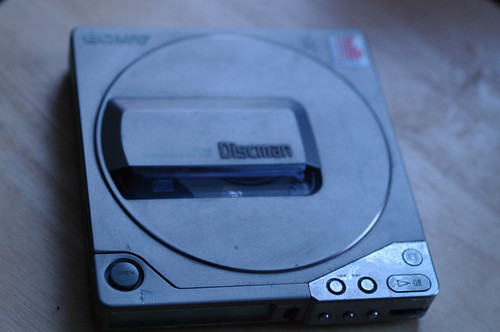Why does someone who spends his working day thinking about the future and all things digital care about the IWC 59210 mechanical watch movement? A modern quartz movement watch can be more accurate.
An analogue watch has some advantages over a digital display in terms of legibility and the ability to see how much time one has until an appointment, but that can have quartz movement behind it.
I like a mechanical watch movement because:
- The movement of a good mechanical watch is an object of beauty in itself. The great watch companies take as much pride in making the insides look as beautiful as the watch exterior. It is rare to see that detail in the design of modern products outside those designed by Apple
- You have a lifelong relationship with a mechanical watch. Companies like Rolex will service your watch for you every few years or so and will even refurbish it if necessary. Patek Philippe have used the same strapline in their advertisements for years: You never actually own a Patek Philippe. You merely look after it for the next generation. Good quality design is products that you will want to own until you wear them out, or they wear you out. It is also a good way towards creating more environmentally friendly products and I haven’t even got on to challenge of battery disposal…
- Finally, I like to be able to know the time all the time. I wear my watch in bed, in the shower, in fact it only comes off if I find it getting in the way typing. Part of this comes from having done scuba diving when I was younger; your watch became part of you. I had a quartz watch and moisture got in stopping the watch dead. A friend had an automatic watch movement in a Seiko which had a little damp in but kept on going. Both of use eventually invested in good quality Swiss watches
The IWC 59210 is a marvel of the watchmakers art. It holds up to eight days power when fully wound up and runs at 28,800 beats per hour which is a marvel for a mechanical device that small.
The IWC 59210 movement goes into the Portofino range of watches which have a case that is not as technical as the style of watches that I like, but make a nice dress watch if you like that kind of thing. More related content can be found here.
